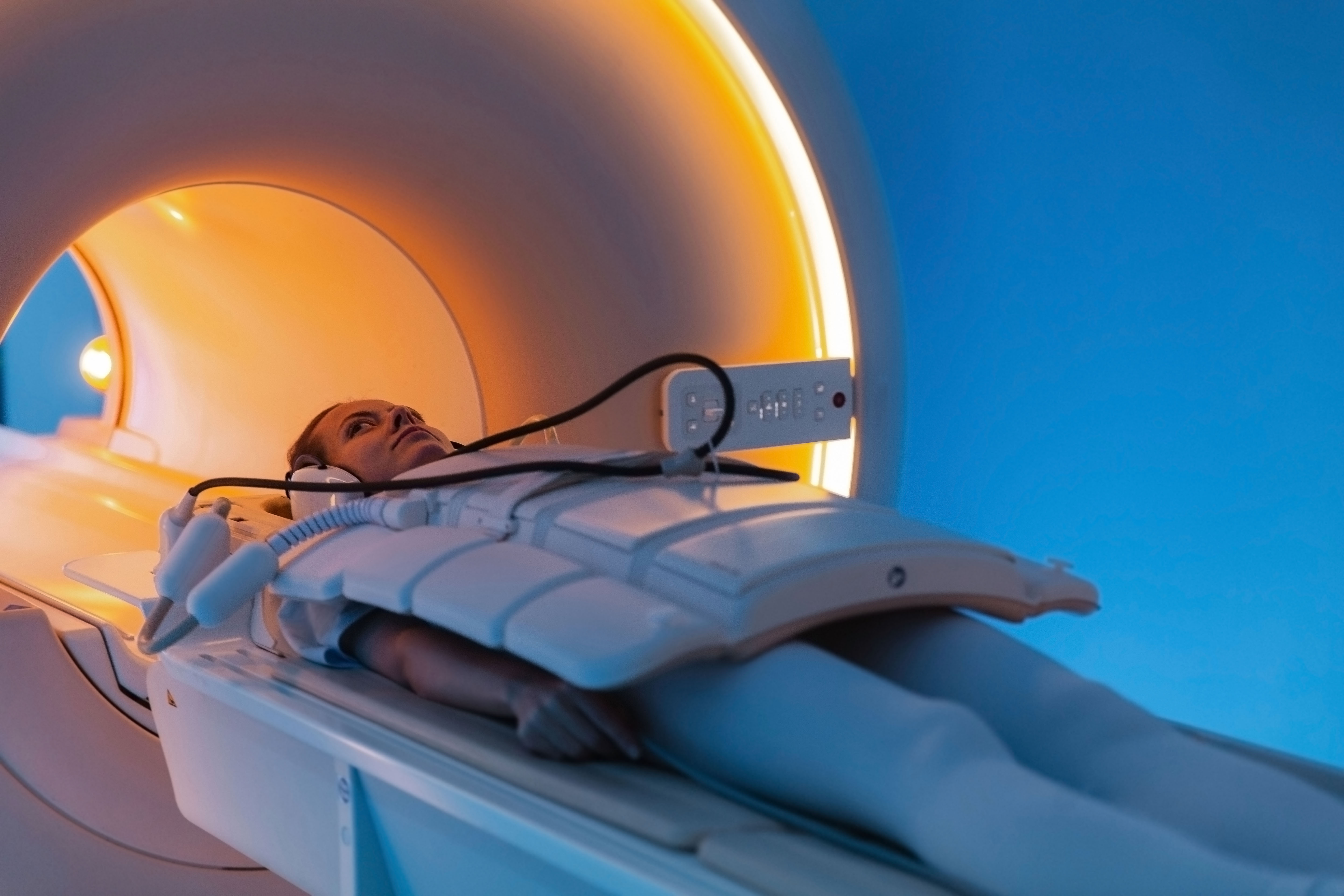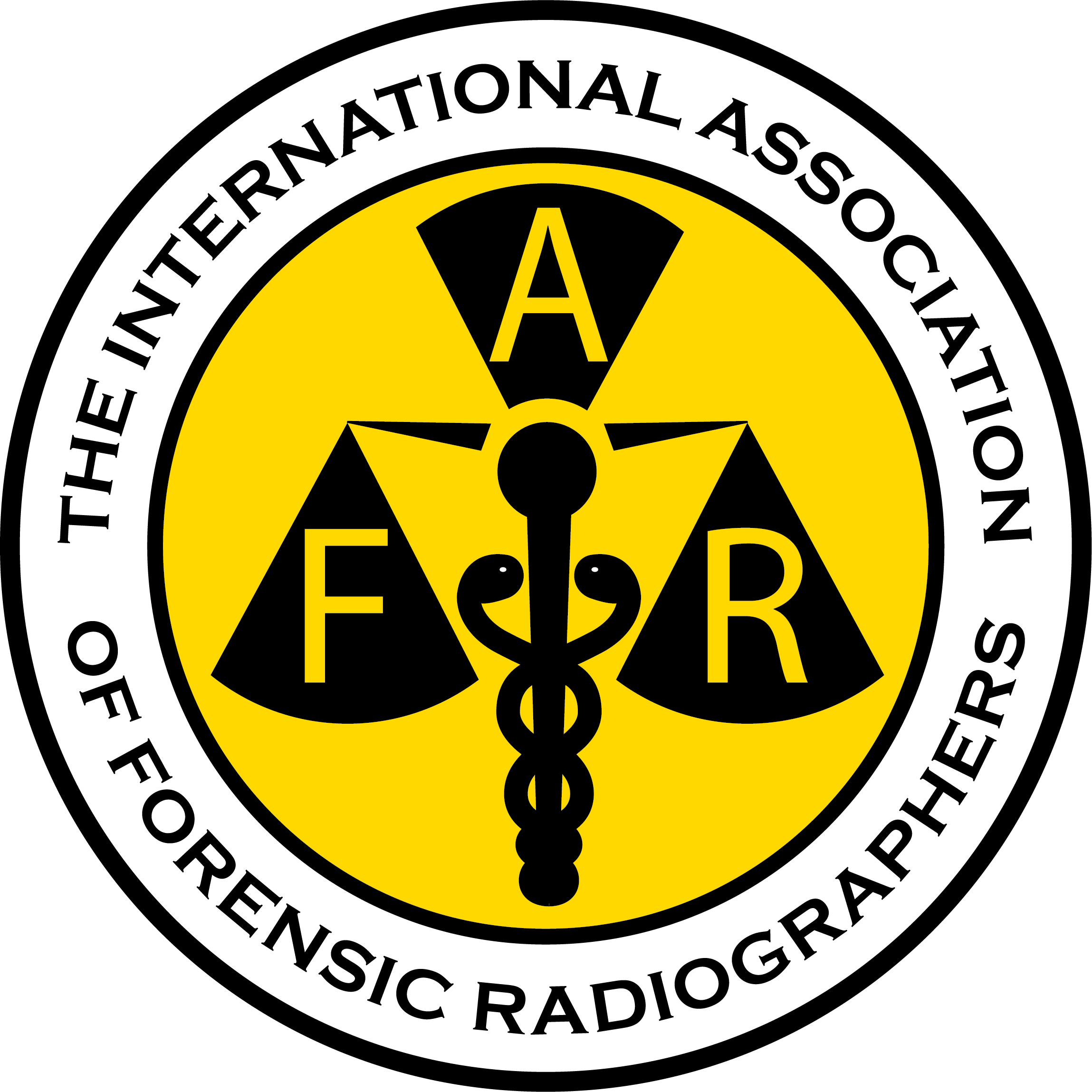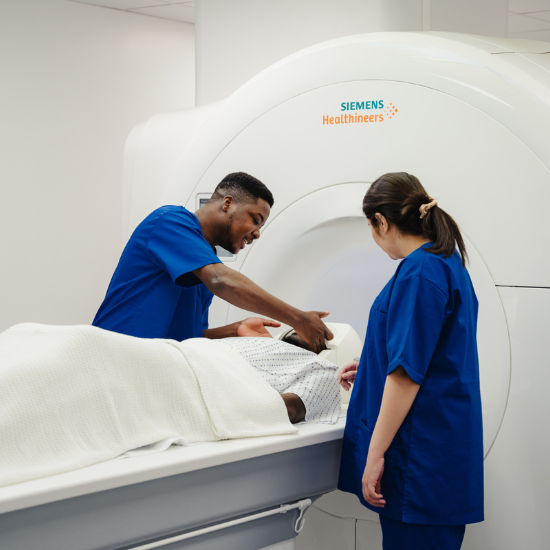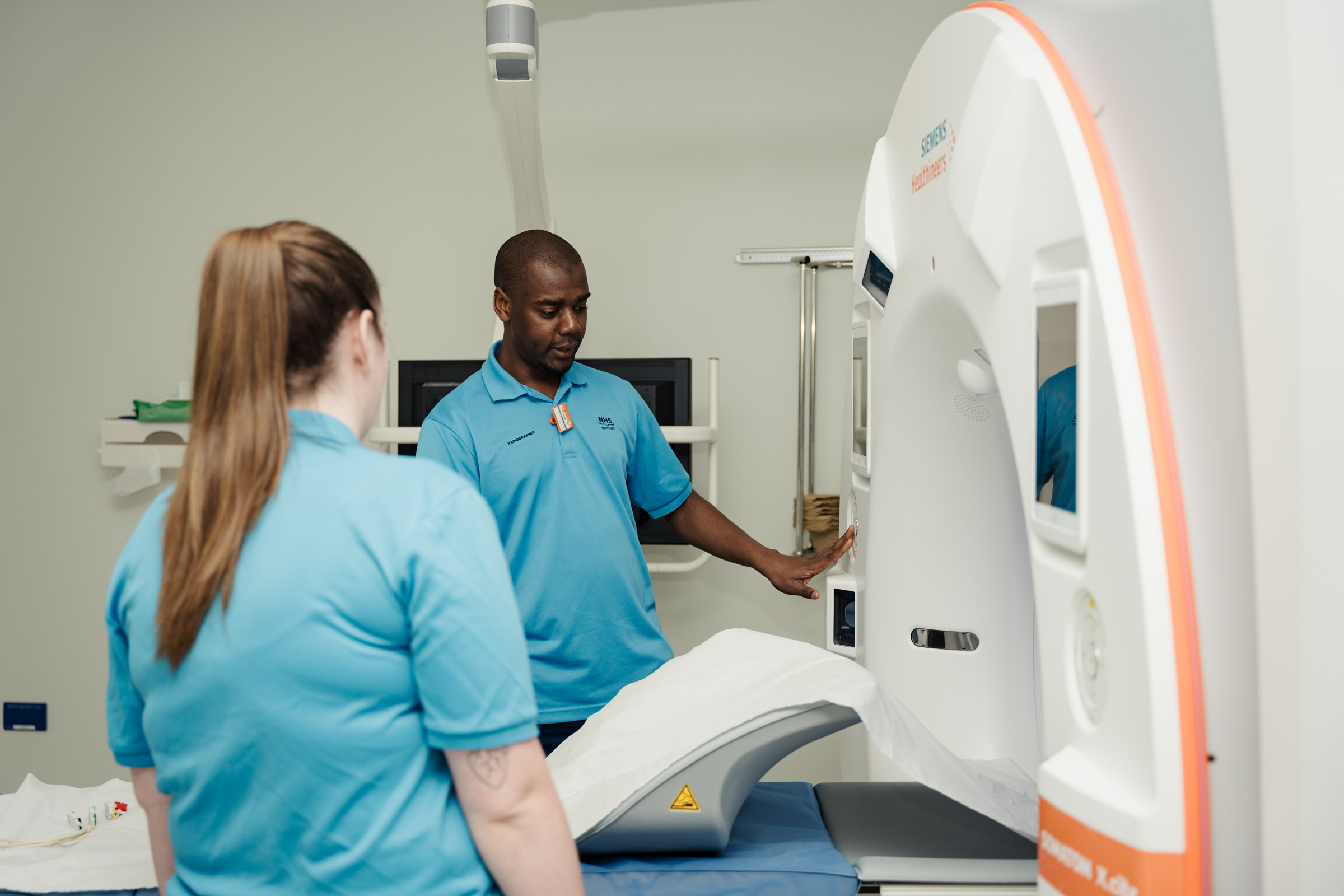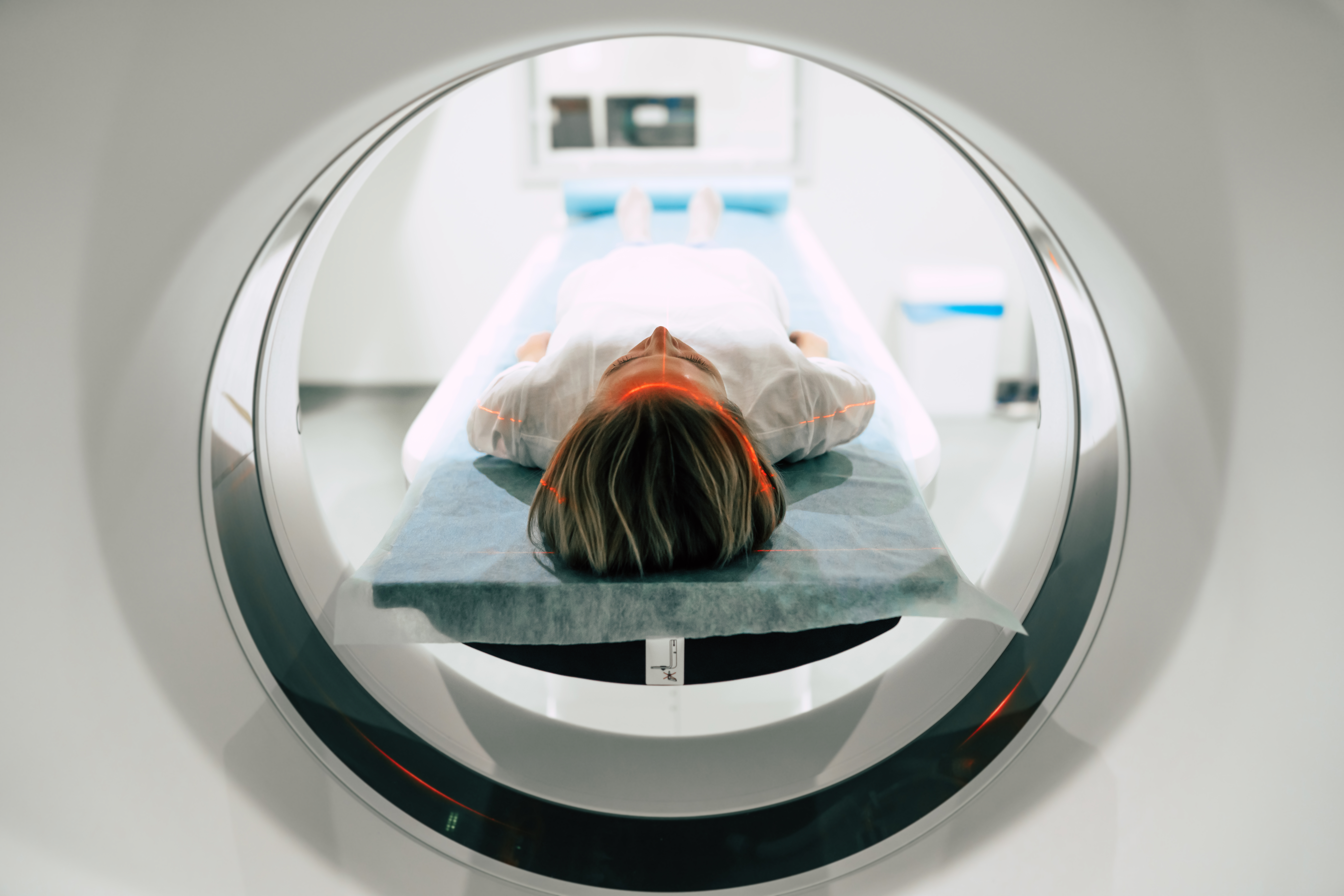Forensic Radiography and Post Mortem Imaging
Contact Us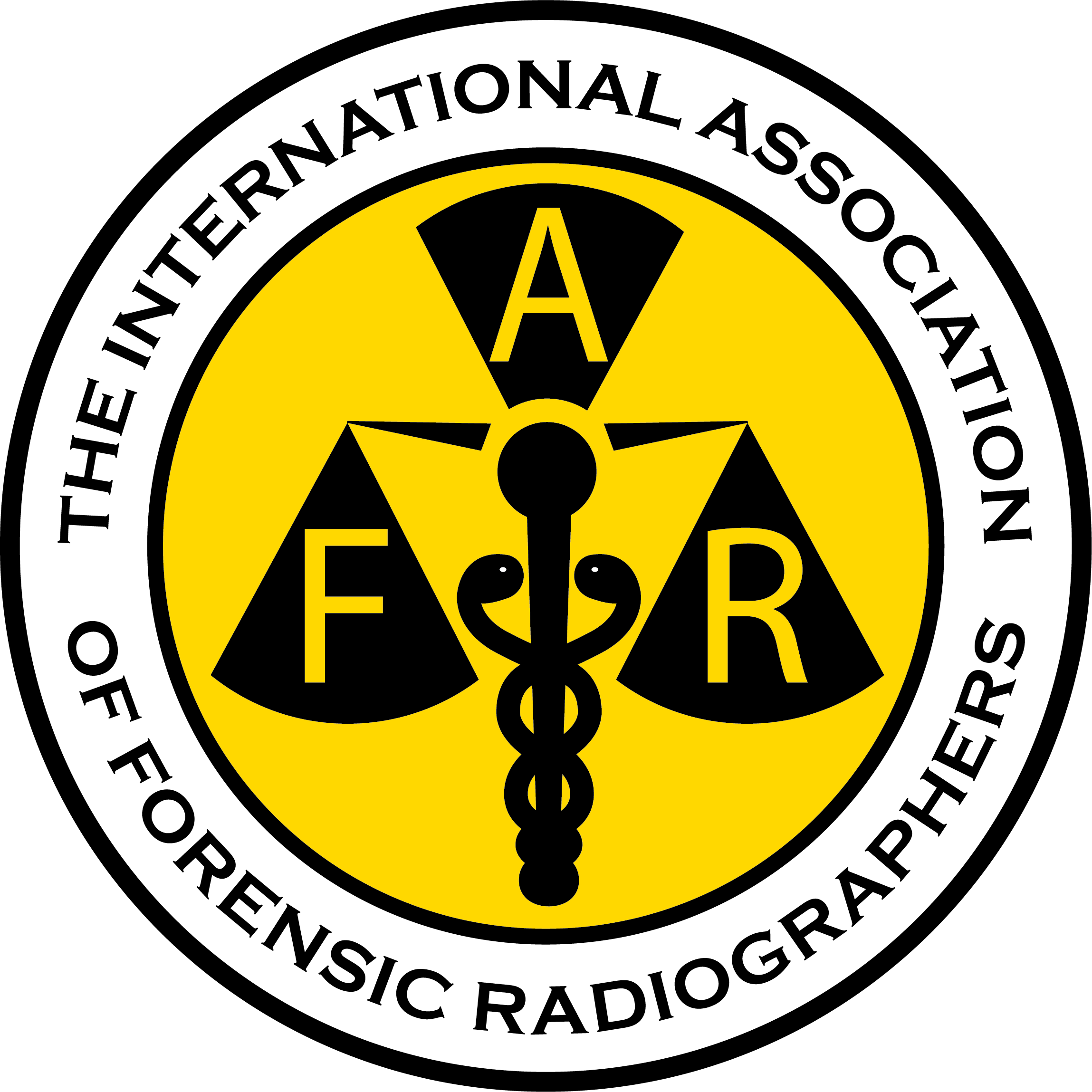



Forensic radiography is the use of diagnostic imaging (projection radiography, fluoroscopy, computed tomography, magnetic resonance imaging, dental, ultrasound, micro-CT) in legal investigations. It includes imaging of the living, such as skeletal surveys for suspected physical abuse and deceased people either as whole cadavers or as pathological specimens.
For further guidance on forensic radiography, please refer to the SoR Forensic and Post-Mortem Radiography Guidance 2023. The Society of Radiographers (SoR) issued this document to provide guidance for radiographers conducting forensic and PM radiography.
To the right you'll find a diagram extracted from the guidance document which highlights the definitions of keywords surrounding Forensic Radiography.
Information about the International Association of Forensic Radiographers (IAFR) can be found at
and the UK branch of IAFR at https://forensicradiography.com/index.php/branches/uk/
